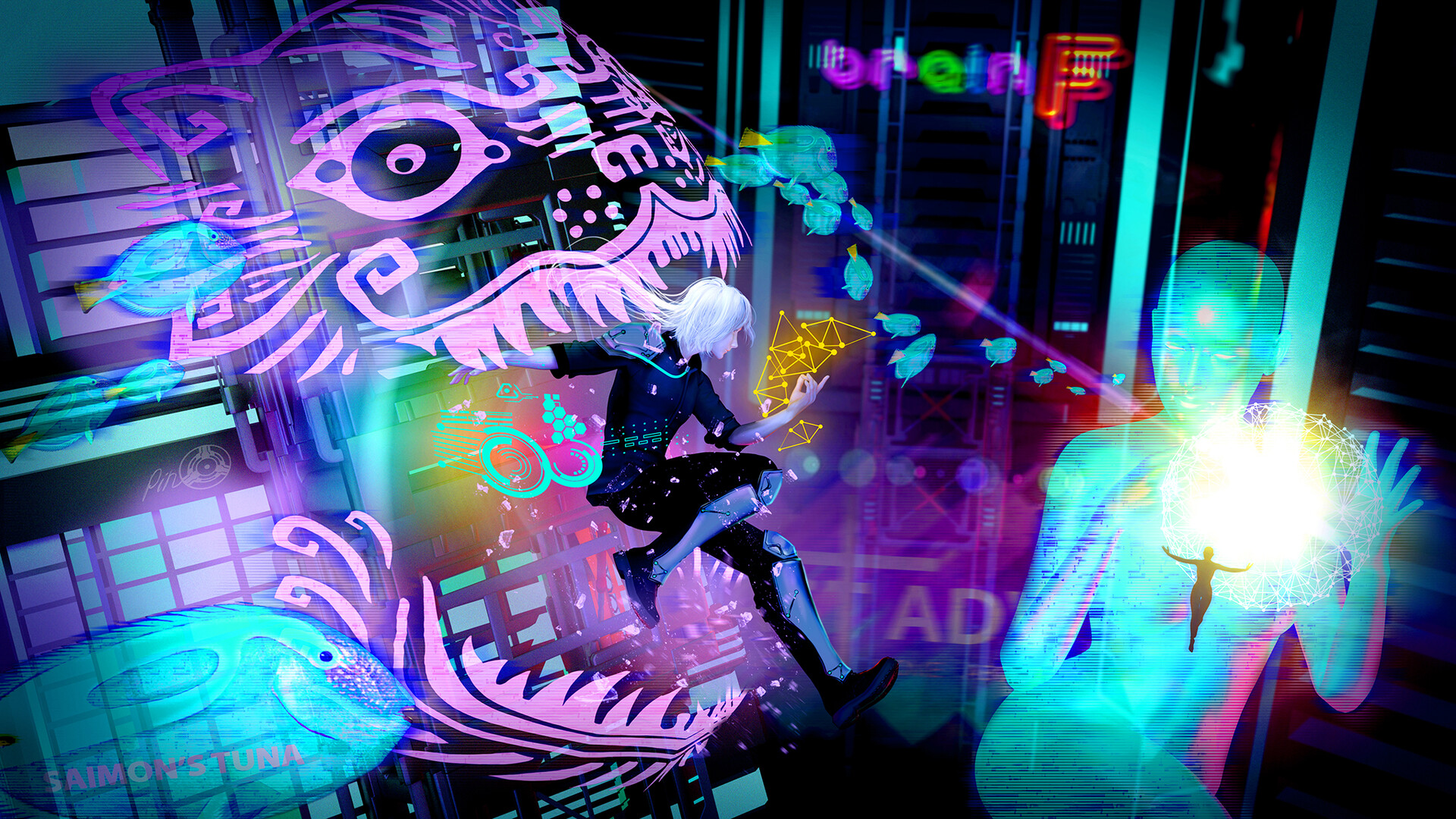People should be allowed and encouraged to engage in creative pursuits, irrespective of technical skill, and it helps them to explore the character. Likewise, when I'm having trouble fleshing out a character, it can really help to have some guidance or framework to start with. To this end, part of the character creation process in my game generates connections to the larger setting, along with open-ended questions inviting further worldbuilding on the player's end.
 |
| one million by Lois van Baarle |
It's important to have this kind of blank space, and sometimes it's necessary to point players toward it. Some games try to make every part of character development mechanical, and I generally find that to be a very clumsy, unhelpful approach (generally mind you, there are exceptions) much like trying to mechanically simulate every physical element of a fight or adventure. Oftentimes it's best to just leave the relatively unimportant details up to the players, they can reason a situation intuitively or come up with interesting details for themselves.
Part of this is how magic users in Skies Below must keep an arcane focus to use their magic in combat. This can be any item they possess, such as a wand, tome, or lute, or even such items as a hat, flaming sword, or key. The arcane focus doesn't do much mechanically, besides adding some tension if it gets lost or stolen, its main purpose is to make the player think about their magic, what it looks like and what it says about their character. A character who casts magic through a musical instrument might think of their character as sort of a bard, or one with a blanket may think of that as a shelter the character has held onto their whole life.
 |
| Tavern Hijinks by Lap Pun Cheung |
Now I'm extending this philosophy to some of the martial classes. In order to enter rage, a berserker must perform a brief, ritualistic action such as eating a certain food or calling out a warcry. Similarly, to use their cooperative abilities, the infantry must use a team name that the party has agreed on. These mostly won't impact actual gameplay, but will push players to add a bit of character building to their PCs, and the infantry's team name encourages them to talk to the other characters and really work together creatively.
Berserker rage ritual
- Shout out "For mount and stone!"
- Call out "Blood of the bloodmaker!"
- Declare "By the skulls power!"
- A quick, violent dance.
- Don a fierce mask.
- Remove a placid mask.
- Swallow a flame.
- Bite into shield.
- Devour raw meat.
- Drink personalized draught.
- Anoint in sacred perfume.
- Anoint in ash.
- Anoint in honey.
- Cut a rune into chest.
- Shatter a clay disc.
- Rip a sacred cloth.
- Crush a soul cricket.
- Crack knuckles.
- Tear off shirt.
- Clasp hands in a moment of meditation.
 |
| Holographic battle by Diana Tsareva |
I really like this idea. It reminds me a bit of Dungeon World where the character sheet asks you "what do you wear, what colour are your eyes, etc". But tying the flavour choice to a class-specific mechanic feels much more engaging to me, and makes it more likely to show up during play.
ReplyDelete